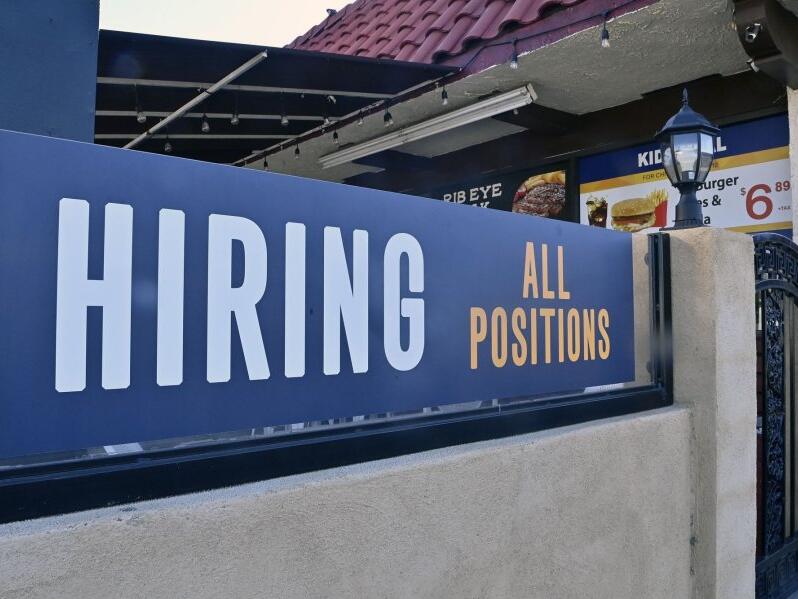Physical Address
304 North Cardinal St.
Dorchester Center, MA 02124
Physical Address
304 North Cardinal St.
Dorchester Center, MA 02124

According to a report from the Bureau of Labor Statistics, U.S. job openings fell to a three-and-a-half-year low in July, which was much lower than what Dow Jones economists had anticipated. The data, released on Wednesday, revealed that the number of job openings at the end of July stood at 7.7 million, which remained relatively unchanged from June but reflected a decline of 1.1 million compared to the previous year.
The job openings rate for July was recorded at 4.6%, also showing little variation from the month prior. Several sectors experienced notable decreases in job openings, particularly in health care and social assistance, where openings decreased by 187,000. Other significant declines were seen in state and local government positions, which lost 101,000 openings, and the transportation, warehousing, and utilities sector, which saw a drop of 88,000 openings.
At the same time, layoffs rose, increasing from 1.5 million in June to 1.7 million in July. The report highlighted that 5.5 million hires were made during the month, while separations from jobs rose to 5.4 million.
Commenting on the state of the labor market, Nick Bunker from the Indeed Hiring Lab noted, “The labor market is no longer cooling down to its pre-pandemic temperature; it’s dropped past it.” He emphasized that policymakers at the Federal Reserve should be cautious about allowing the labor market to cool any further at this stage.
The report also included revisions, showing that job openings for June were adjusted downward by 274,000, settling at 7.9 million.
On a regional basis, the South had the highest number of job openings in July, totaling 3.4 million. The West and Midwest regions reported 1.7 million openings each, while the Northeast recorded the lowest figures with just 1.4 million openings.
Furthermore, the economy added only 114,000 jobs in July, falling short of expectations. This resulted in an unemployment rate of 4.3%, marking the highest level since the pandemic began.
Collectively, these economic indicators point towards a stronger likelihood that the Federal Reserve may consider cutting interest rates in September.
Source: UPI



